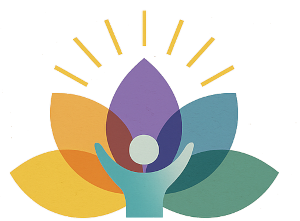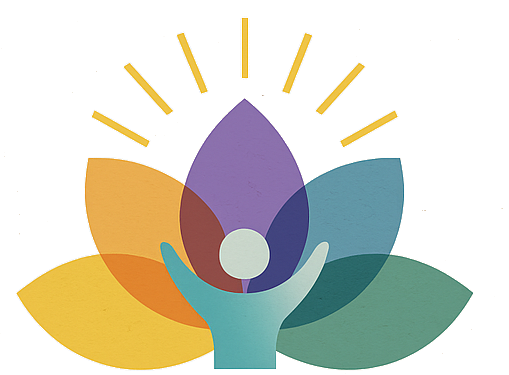Research Shows Meditation Is Good for Your Health
What if one simple practice could lower your risk of chronic illness, improve your mood, and increase your body's natural healing abilities?
A five-year study of medical insurance usage compared 2,000 regular meditators with 600,000 members of the same insurance carrier. The results were remarkable:
53% fewer inpatient admissions
44% fewer outpatient visits
Lower rates across 17 major medical categories, including:
87% lower for heart disease
55% lower for tumors
30% lower for infections and mental health issues
87% lower for nervous system disorders
(Orne-Johnson, Journal of Psychosomatic Medicine, 1987)
🧠 What Do These Meditators Know?
They understand a profound truth:
The mind influences the body.
Negative emotions—stress, depression, anger, guilt—trigger hormone releases like cortisol that can harm cells and lower immunity. Meditation helps interrupt that cycle.
📊 What the Research Says
Meditation has been shown to:
Improve mood state, adrenal and kidney function
Reduce high blood pressure
Lower cholesterol—even without dietary changes
Increase resilience in people with HIV/AIDS
Decrease symptoms of fibromyalgia and chronic pain
Elevate melatonin, supporting cancer prevention
Reduce hostility, anxiety, and panic disorders
Help prevent alcohol abuse
Promote overall healing and emotional well-being
❓ So Why Doesn’t Everyone Meditate?
💭 Misconceptions
“It’s religious.”
Meditation is a universal practice, not exclusive to any one religion. In fact, it's often described as listening rather than praying.
“Be still and know…” is a meditative invitation found across faiths.“I don’t have time.”
Five minutes is enough to make a difference. Twenty is better. Forty is transformative.
What else can you do in five minutes that offers so many benefits?“I don’t know how.”
There are three broad types of meditation:Concentration – Focus on a mantra, candle, or sound.
Contemplation – Use affirmations, guided imagery, or visualizations.
Mindfulness – Observe breath, thoughts, and sensations as they arise.
Books, videos, and instructors (like me!) can help guide the way.
🌈 What Happens in the Brain?
Meditation shifts your brainwave state:
From Beta (13–30 cps) – the racing mind
To Alpha (8–13 cps) – relaxed awareness
Even into Theta (4–8 cps) – the realm of creativity and intuition
🌟 The Gift of Inner Healing
Meditation gives us permission to reconnect with the natural healing intelligence within. It is a non-doing in which everything is done—a time to slow down, recenter, and become proactive in how we live and respond.
What are you waiting for?
Take five minutes. Breathe. Begin.
Dr. Jill N. Henry, Ed.D., is a meditation instructor, polarity practitioner, and longtime physical therapist. Learn more at MountainValleyCenter.com and FeeltheFlow.info

